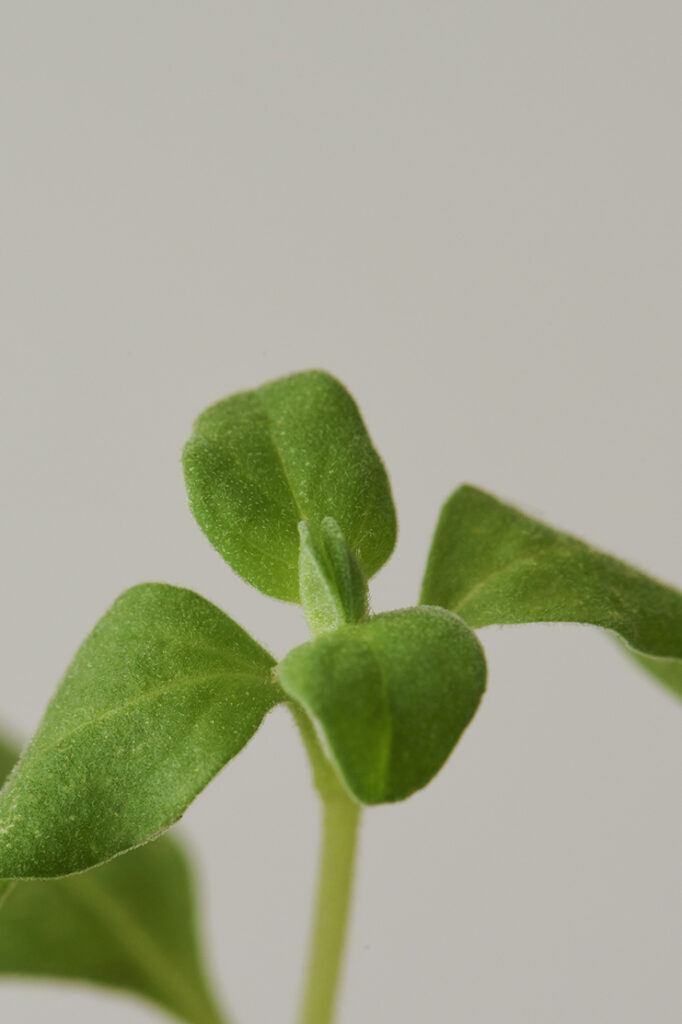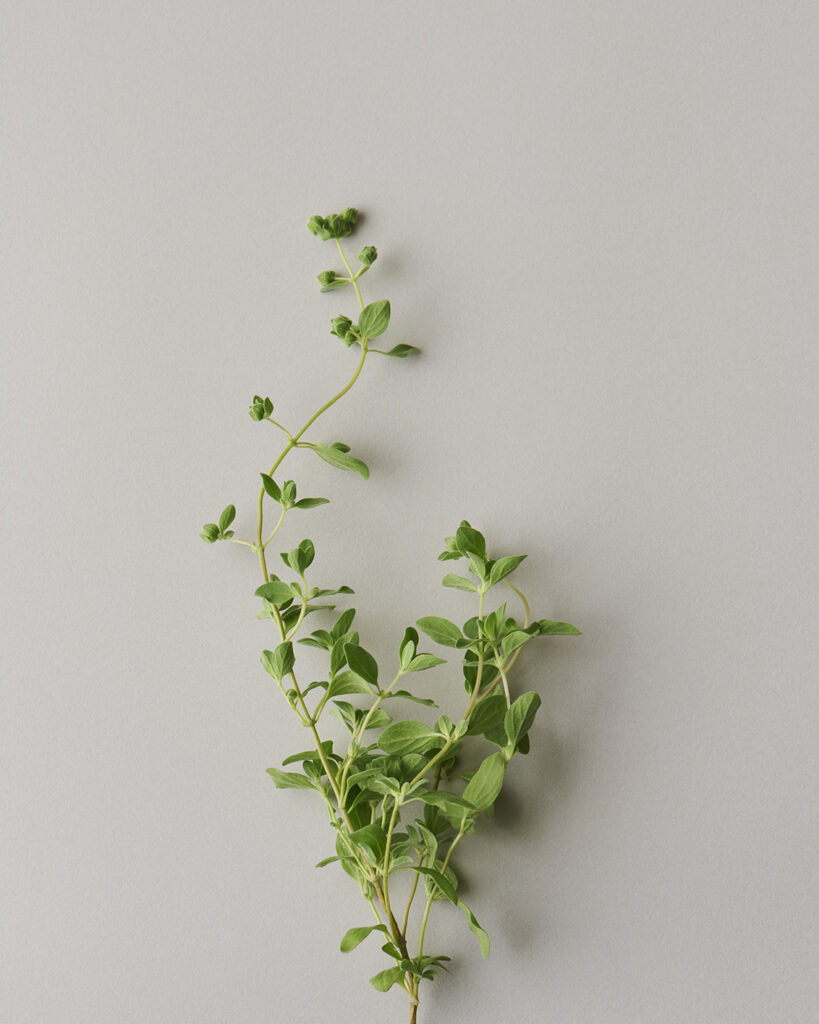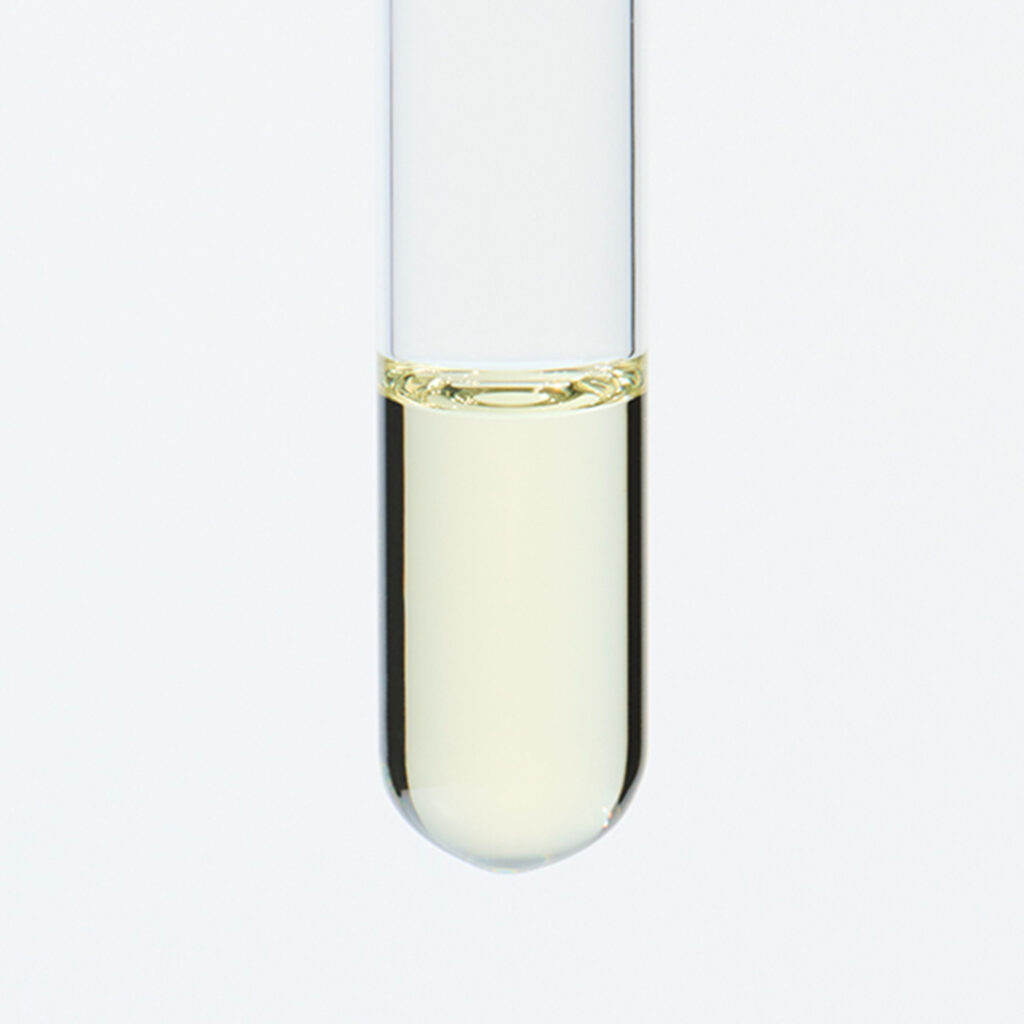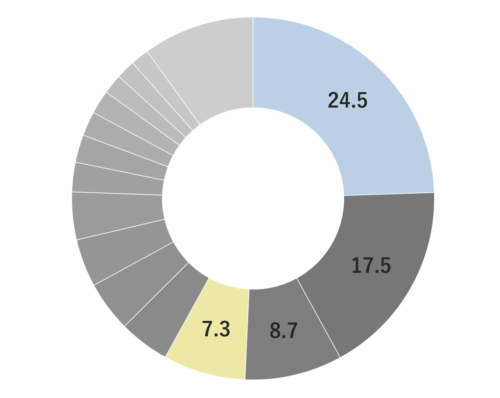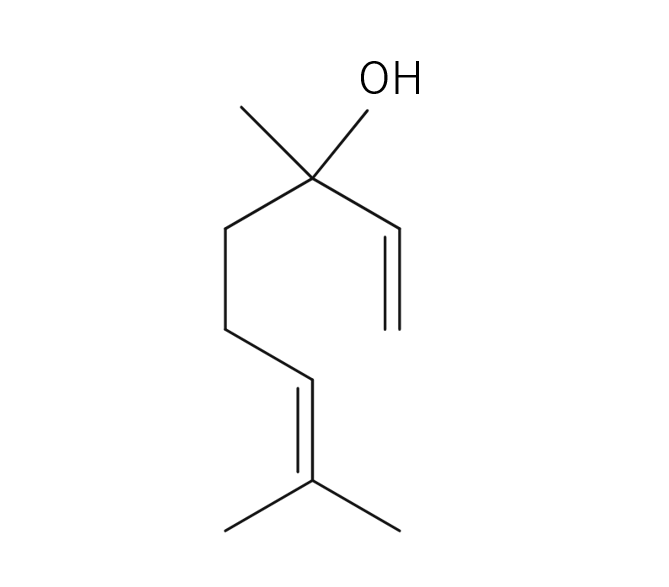Marjoram is a perennial plant belonging to the Lamiaceae family, growing to a height of about 50 cm. It features distinctive, rounded leaves that are arranged alternately along the stems. White or pink flowers bloom on the tips of its branches. Marjoram is sensitive to cold and humidity, requiring careful cultivation. The genus name “Origanum” is thought to originate from the Greek words “Oros” and “Ganos,” which mean “mountain joy.” As for the name “Marjoram,” it is derived from the Latin word “Major,” meaning “large.” Marjoram has a rich history of use in various cultures. In ancient Egypt, it was used as a medicinal herb and in the embalming process for mummies. In ancient Greece and Rome, it was a symbol of happiness and was often used in weddings, with couples wearing Marjoram flower crowns. Additionally, they are a popular ingredient in soups, stews, and Italian cuisine, paring particularly well with tomatoes. While it is native to regions like Libya, Egypt, and the Mediterranean, the majority of this oil is produced in France.
